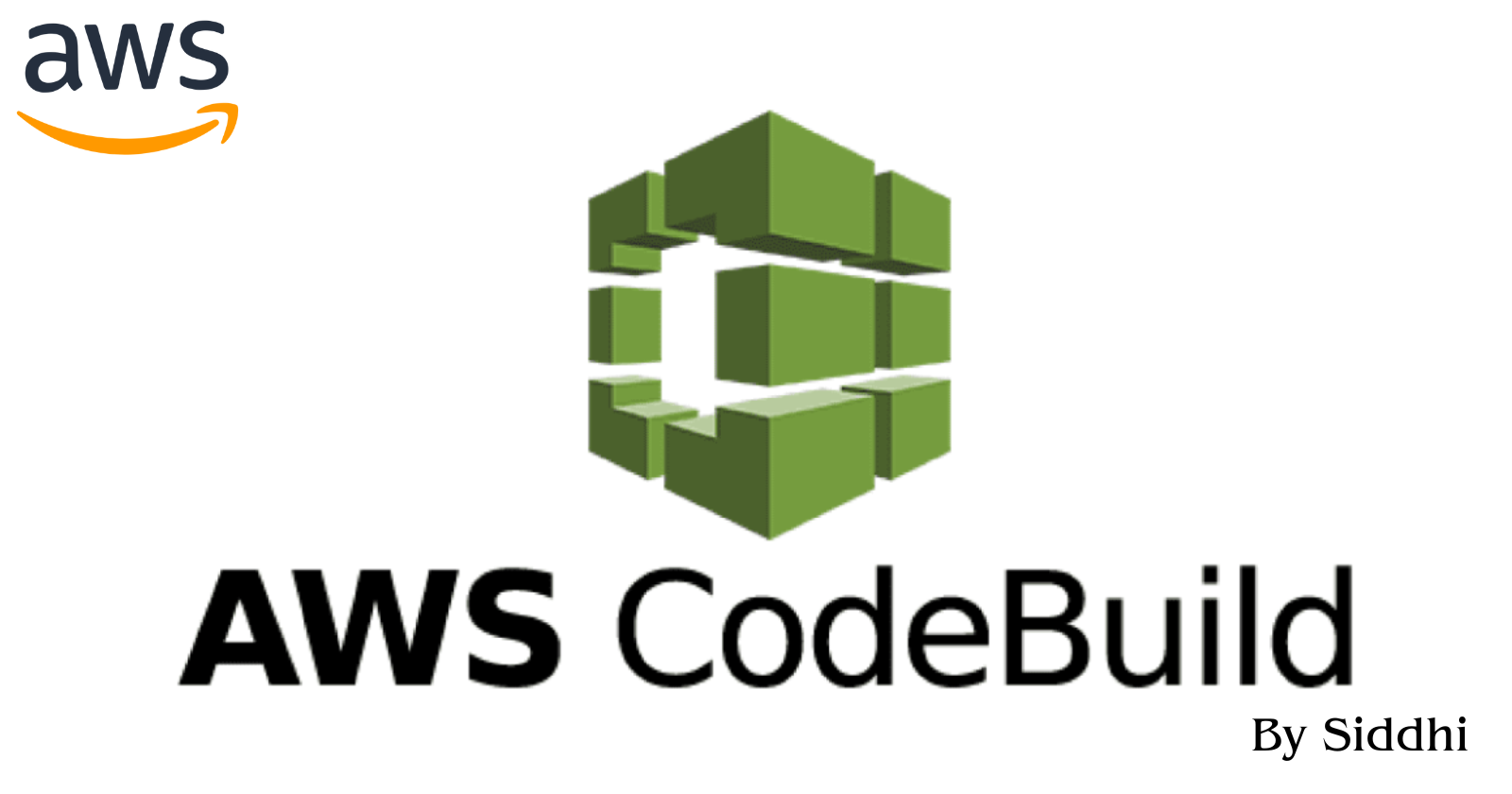AWS CodeBuild
 SIDDHIPRADA MOHAPATRO
SIDDHIPRADA MOHAPATROTable of contents
- Introduction
- Understanding AWS CodeBuild: The Foundation of Efficient Development
- 1. What is AWS CodeBuild?
- 2. Key Features of AWS CodeBuild:
- Benefits of Using AWS CodeBuild:
- 1. Increased Productivity:
- 2. Cost-Efficiency:
- 3. Reliable and Consistent Builds:
- 4. Easy Integration:
- Real-World Applications of AWS CodeBuild:
- 1. Web Application Deployment:
- 2. Automated Testing:
- 3. Containerized Applications:
- Conclusion

Introduction
In the ever-evolving landscape of cloud computing, developers are constantly on the lookout for tools and services that can streamline their workflows, enhance collaboration, and boost productivity. Amazon Web Services (AWS), a frontrunner in the cloud computing industry, offers a plethora of services designed to meet these demands. One such gem in the AWS ecosystem is AWS CodeBuild, a fully managed build service that compiles source code, runs tests, and produces ready-to-deploy software packages. In this blog post, we'll take a deep dive into AWS CodeBuild, exploring its features, benefits, and real-world applications.
Understanding AWS CodeBuild: The Foundation of Efficient Development
1. What is AWS CodeBuild?
At its core, AWS CodeBuild is a continuous integration service that compiles source code, runs tests, and produces software packages that are ready for deployment. It eliminates the need for developers to set up, configure, and scale their own build servers. CodeBuild allows you to focus on writing code while AWS handles the heavy lifting of build and test processes.
2. Key Features of AWS CodeBuild:
Fully Managed Service: AWS CodeBuild is a serverless build service, which means you don't have to worry about provisioning or managing servers. AWS takes care of the infrastructure, allowing you to concentrate on your code.
Scalability: CodeBuild scales automatically based on the size and volume of your build activities. It can handle everything from small projects to large, complex applications seamlessly.
Integration with AWS Services: CodeBuild seamlessly integrates with other AWS services like AWS CodePipeline, AWS CodeCommit, and Amazon S3, enabling you to create powerful, automated build and deployment pipelines.
Customizable Build Environments: You can use pre-packaged build environments provided by AWS or create custom build environments tailored to your specific requirements. This flexibility ensures that your build environment matches your application's dependencies accurately.
Security and Compliance: AWS CodeBuild provides a secure environment for your builds. You can control access to your build projects using AWS Identity and Access Management (IAM) policies, ensuring that only authorized personnel can initiate or modify builds.
Benefits of Using AWS CodeBuild:
1. Increased Productivity:
By automating the build and test processes, developers can focus on writing code and implementing new features, leading to increased productivity and faster time-to-market for applications.
2. Cost-Efficiency:
CodeBuild follows a pay-as-you-go pricing model. You only pay for the build minutes you consume, making it a cost-effective solution, especially for small to medium-sized projects.
3. Reliable and Consistent Builds:
CodeBuild provides a consistent and reliable environment for your builds. Whether you run builds sporadically or multiple times a day, you can trust CodeBuild to produce consistent results every time.
4. Easy Integration:
It seamlessly integrates with other AWS services, allowing you to create end-to-end automated workflows. This integration simplifies the process of building, testing, and deploying applications.
Real-World Applications of AWS CodeBuild:
1. Web Application Deployment:
CodeBuild can be used to automatically build and deploy web applications. By integrating it with AWS CodePipeline, developers can create a continuous deployment pipeline, ensuring that any changes made to the codebase are automatically built, tested, and deployed.
2. Automated Testing:
CodeBuild is instrumental in running automated tests for applications. Whether it's unit tests, integration tests, or end-to-end tests, CodeBuild can execute them efficiently, providing developers with rapid feedback on the code quality.
3. Containerized Applications:
For projects that use containerization technologies like Docker, CodeBuild can build and push container images to container registries like Amazon Elastic Container Registry (ECR). This capability is pivotal for microservices architectures and scalable applications.
Conclusion
In conclusion, AWS CodeBuild is a game-changer for developers and organizations seeking a reliable, scalable, and cost-effective solution for their build and test processes. By automating mundane tasks and providing a secure, consistent environment, CodeBuild empowers developers to focus on innovation and building high-quality applications. As cloud computing continues to shape the future of software development, AWS CodeBuild stands as a testament to the power of automation and efficiency in the modern development lifecycle.
😊 Thank you so much for reading my blog! 😊 I hope you found it helpful and informative. If you did, please 👍 give it a like and 💌 subscribe to my newsletter for more of this type of content. 💌
I'm always looking for ways to improve my blog, so please feel free to leave me a comment or suggestion. 💬
Thanks again for your support! 😊
Subscribe to my newsletter
Read articles from SIDDHIPRADA MOHAPATRO directly inside your inbox. Subscribe to the newsletter, and don't miss out.
Written by

SIDDHIPRADA MOHAPATRO
SIDDHIPRADA MOHAPATRO
● A DevOps Engineer with practical experience in production monitoring, automation, and optimization. ● Created UNIX shell scripts for day-to-day check-outs and added them to the crone (which saved the manual work for 1 Hour per day). ● Have experience automating the building, deploying, and releasing of code from one environment to another through the use of DevOps engineering and Build and Release. ● YAML proficiency. ● Understanding of the Python programming language, Matplotlib, pandas, and tkinter (GUI). ● knowledge of Github and the GIT (version control system).